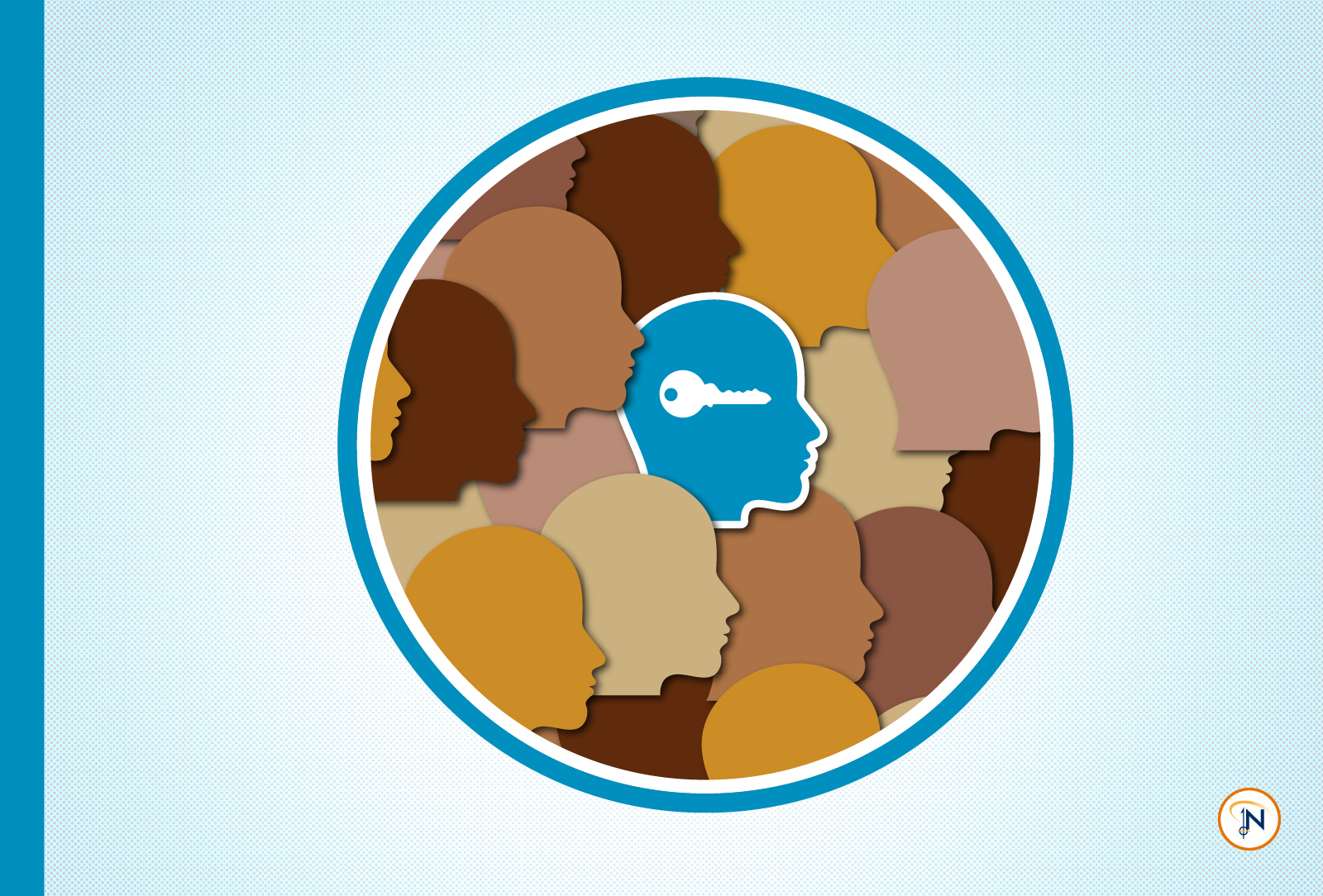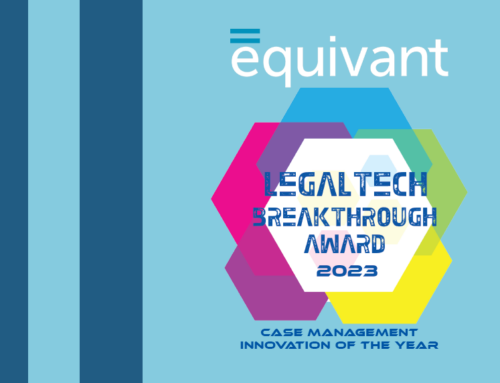Successful Reentry Starts with You

From the moment a person enters your jail, they’re your responsibility. But what about when they walk back out the door into the community? Your job may be done, but the individual’s chances of success at reentry are directly affected by what you did or didn’t do while they were under your roof.
Successful reintegration into the community starts with you. Here’s what your team can do to make a difference for individuals long after they’ve left your jail:
- Screen and assess. Determine not only the person’s level of risk, but also their criminogenic needs. Both components of their eventual case plan and ongoing supervision, risks and criminogenic needs can help your team better assess what interventions and programming is needed. Focus your resources on the individuals that have the highest levels of both risks and needs.
- Plan the transition. The best community transitions include a strong hand-off from the jail to the community supervision partner. In some jurisdictions, there is a third party organization like Denver’s Transition from Jail to Community Collaborative (TJCC) that provides services both pre- and post-release, providing a continuity of care.1 Even if this type of program isn’t available in your area, your team needs to think through what needs to happen when each individual walks out your door.
- Start programming and interventions. This can include anything from simply providing information and referrals to engaging formal services. In San Bernardino County, California, the Sheriff’s Transitional Assistance Reentry Team (S.T.A.R.T.) program commits to providing some kind of assistance to every person who asks for it. They began by targeting individuals in custody who have multiple bookings and criminogenic needs, and their program has been so successful that people are seeking them out for assistance.2
- Make the handoff. Work with your community supervision partners to ensure that the moment the individual walks out your door, they have somewhere to go and a support system in place. As each person enters the next phase of their journey with the justice system, know you’ve done all you can to help them be successful.
Your ability to make a difference in a person’s post-release behaviors will vary based on the length of their stay with you, their particular situation and motivations, and myriad other factors. But, when you have processes and strategies in place to prepare them for a transition back to the community, you have a better chance of affecting their success.
What kind of support does your team need to better support community transitions? Whether it’s processes and integrated technology or building local support and relationships, we have the technology solutions, expert advice, and practitioner experience to help you move forward. Get in touch today to see how we can support you.
1 TJCC Denver
2 CA Fwd





